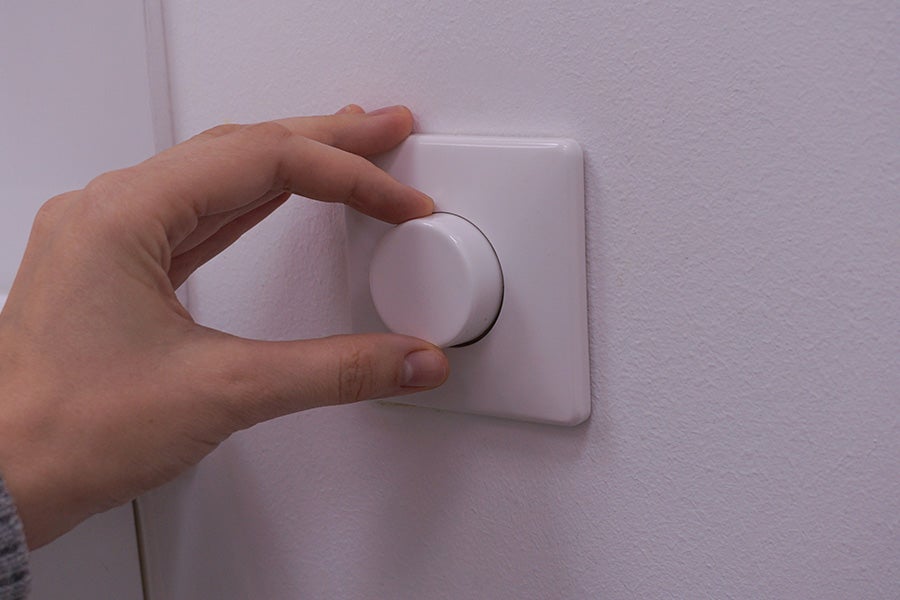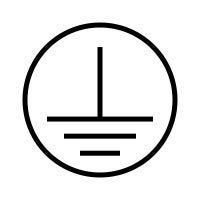Electrical advice
How to wire a dimmer switch
12 May 2025 • 2 minutes


Wiring a dimmer switch might seem complicated, but it doesn’t have to be. With just a few simple steps, you can add a touch of ambience to any room by controlling the brightness of your lights.
In this guide, we’ll break down the process of wiring a dimmer switch in the easiest way possible, so you can confidently tackle this task without getting stuck. Let's dive in!
Choosing the right dimmer switch starts with understanding the type of light bulbs that you’ll be using. Not all dimmer switches are compatible with every kind of bulb, so it’s essential to check before you buy. For instance, LED bulbs require a specific type of dimmer switch, while incandescent or halogen bulbs may work with more traditional dimmers.
Always look for compatibility information on both the dimmer switch and the bulb packaging to ensure they’ll work together smoothly.
To complete the steps to wire a dimmer switch you will need the following tools:
Before doing any electrical work, it’s crucial to turn off the power at the fuse box to avoid any accidents. Double-check that the power is off by flipping the light switch on and off to ensure the light is no longer functioning.
Use a screwdriver to unscrew and remove the faceplate covering the current switch. Carefully set aside the screws and faceplate for later use if needed.
Before handling the wires, use a voltage tester to make sure there is no active electrical current. This is a crucial safety step to prevent any electrical shocks.
Take note of how the wires are connected to the existing switch. Label each wire or take a picture for reference. Keep in mind that different switches will have different configurations so they might not be like for like. If this is the case, focus on identifying the wires so you can match them up to the correct locations in the new switch.
Once the wires are labelled, carefully disconnect them from the old switch. Unscrew or unclamp them, depending on how they are attached.
Follow the wiring instructions provided with your dimmer switch.
Typically, you will need to connect the live (brown or red) wire, neutral (black, blue or grey) wire, and earth (green and yellow) wire to their respective locations on the dimmer switch. Make sure the connections are secure.
Depending on your existing switch, the earth wire may not be connected. If you’re replacing a plastic switch with one that has a metal faceplate, the earth wire will need connecting to the appropriate terminal. The connection point for the earth wire may be labelled with the below symbol:

Once the dimmer switch is connected, place it into the electrical box and screw it in place. Then, attach the faceplate over the switch, securing it with screws. Make sure you don’t catch or pinch any wiring when attaching the faceplate.
Go back to your fuse box and turn the power back on. Test the new dimmer switch by turning it on and adjusting the light levels. If everything is working correctly, you’re done!
If the switch on your fuse box trips and doesn’t stay on, then the switch may have been installed incorrectly, or you may have a loose connection.
Make sure the power is off and go back to the switch to trace your previous steps. If you can’t see what the problem is it may be best to call a qualified electrician to finish the job.
Wiring a dimmer switch can be a bit tricky, and sometimes you need an extra helping hand. Whether it's a simple light switch fix or a more complex electrical issue, our home repairs membership, Ding is the easy way to get it done.
Ding is a home repairs membership, where you can access qualified electricians for your light and electrical repairs, big or small. Try Ding today for £5 a month.
Our help & advice articles cover Plumbing, Home heating, Electrical, Energy-saving and Home maintenance.